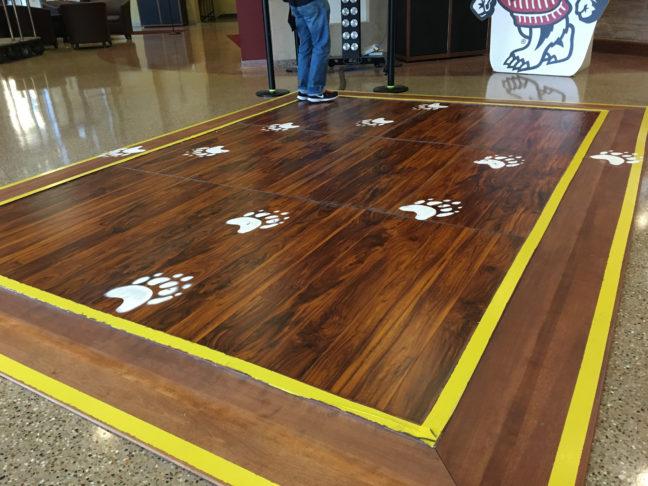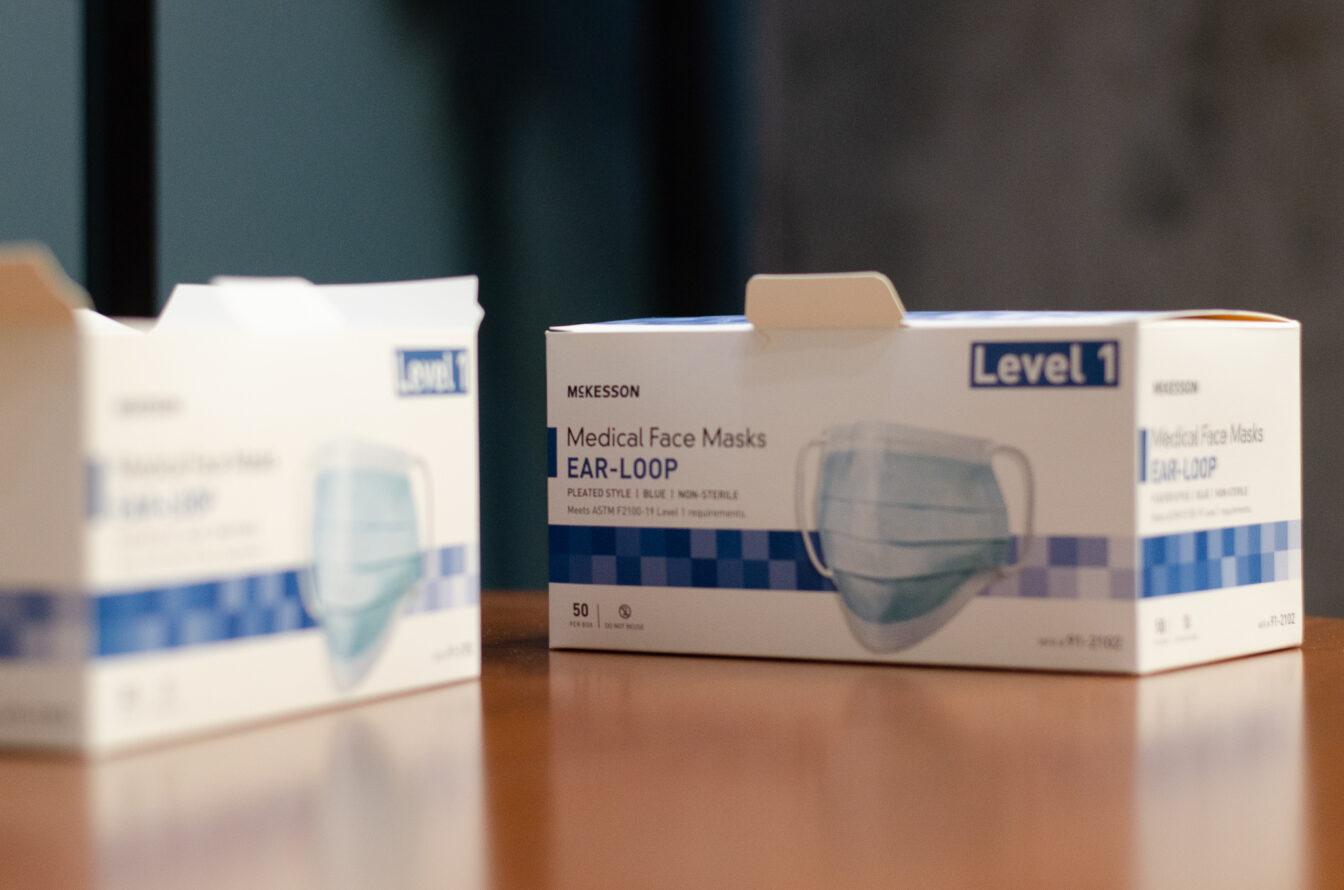Many students have noticed the new floor installation inside Union South, but not many realize it is a part of a renewable energy project.
A team, led by University of Wisconsin professor of materials and science engineering, Xudong Wang, have created a floor prototype that converts the energy of footsteps into electricity.
The floor looks like typical wood, but the wood is chemically treated to produce an electrostatic charge, Wang said. The charge is created when a footstep comes into contact with an electrode embedded in a prototype.
Climate Reality Project aims to have UW running on renewable energy by 2030
The wood pulp is inexpensive and is often a product of waste from other industries, Wang said. There are other similar prototypes that exist, but they are more expensive and don’t use recyclable materials.
Wang started his research for this project three years ago. In the future, he hopes this flooring will be placed throughout the UW campus.
“We started with a very small tiny piece, we would test it in our lab, then we moved to the wood fiber, then we moved to a larger scale floor setup,” Wang said.
This is the first time Wang’s lab is bringing their research into a real life application site. From here, the team will see how long the system lasts and withstands a normal operation environment.
A variety of factors, such as humidity and temperature, will be monitored to test the durability of this first prototype, Wang said.
“Right now, I think it produces about a few million joules per step,” Wang said.
This type of technology is called environmental mechanical energy harvesting, Wang said. The goal is to use energy that is already being created, in this case footsteps, to transfer that energy to sustain electrical mechanisms.
Though the floor prototype is an important part of Wang’s research, it is not the only focus.
“The floor is one specific application for our efforts of environmental mechanical engineering harvesting,” Wang said. “We do have other types of developments to harvest energy from other types of energy sources.”
Though Wang is unsure of the exact results of how much energy the floor can produce, he is looking forward to seeing the results after a semester of use.
Moving toward a cleaner future: Dane County addresses future plans for environmental sustainability
The location, Union South, was chosen specifically because, it has the highest traffic area on campus, according to Wang’s previous research. This was seen as a satisfactory location because it would really show not only how much energy could possibly be produced but how well the floor prototype will hold up with heavy use.
“[Union South] is the most extreme environment for a floor,” Wang said.
UW researchers and students are also working on a variety of other projects in the field of renewable energy, Mark Griffin, Wisconsin Energy Institute spokesperson, said.
The floor prototype in Union South is just a highlight of the other sustainability projects currently being pursued on campus. The university is pursuing Leadership in Energy and Environmental Design certifications on campus buildings.
To have an LEED certification, the building must gain a certain number of points based on how “green” the building is, like how efficiently it’s using energy, according to LEED’s website.
The campus currently has one LEED platinum certification, six gold and four silver. UW will continue working to obtain more through projects such as Union South’s renewable energy floor.














